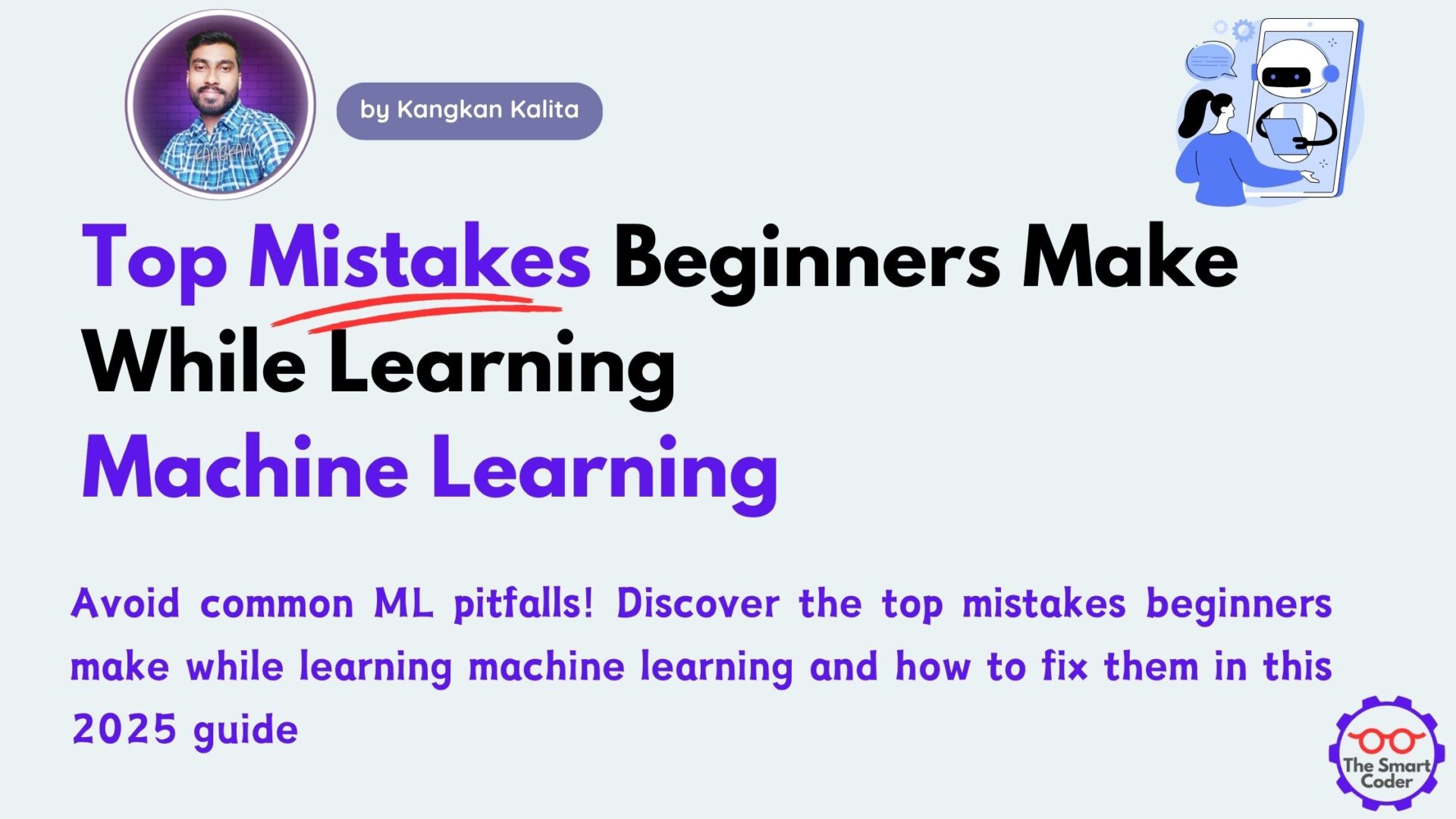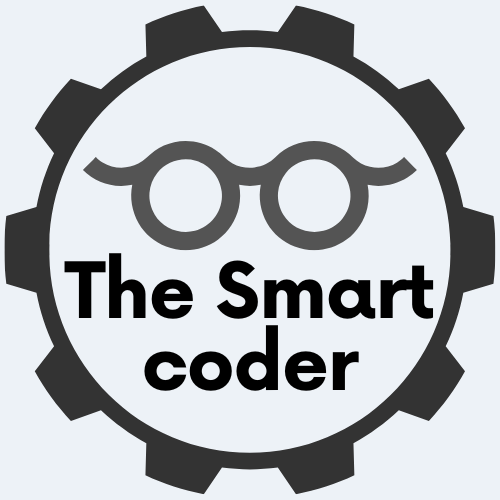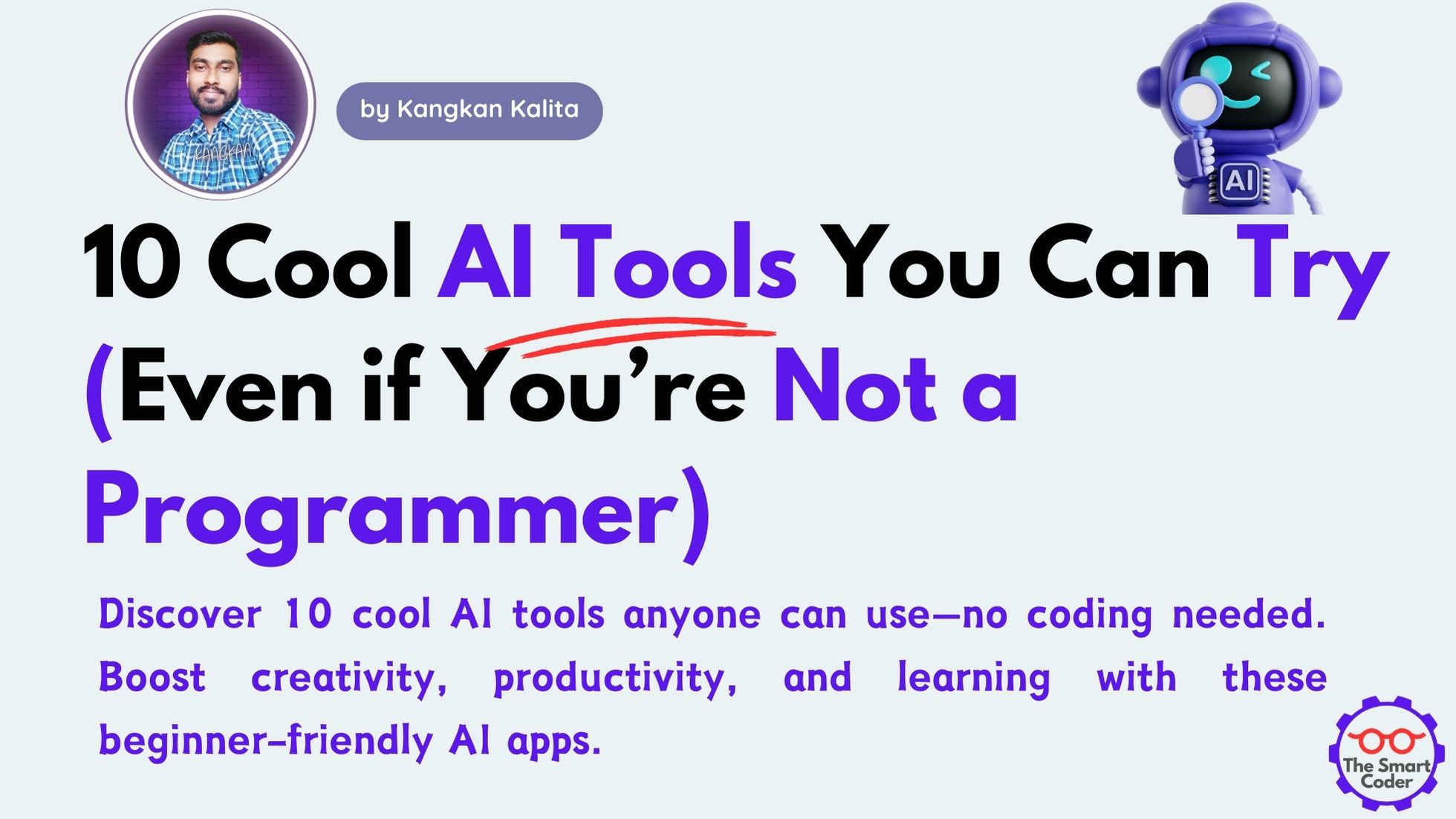Top Mistakes Beginners Make While Learning Machine Learning

Why Learning Machine Learning Requires Smart Moves
In 2025, machine learning isn’t just a buzzword—it’s a foundational skill in tech, business, healthcare, finance, and beyond. As automation and AI become more central to our world, learning machine learning is one of the most valuable steps you can take for your career. But here’s the thing: too many beginners fall into the same traps. These mistakes slow you down, frustrate you, and sometimes even make you give up.
If you’re starting your ML journey, understanding what not to do is just as important as knowing what to do. This guide outlines the most common mistakes beginners make when learning machine learning and offers clear advice to help you stay on track.
Let’s get into it.
1. Not Understanding the Math Behind Algorithms
Why It’s a Problem:
Machine learning is built on math—especially linear algebra, calculus, probability, and statistics. Skipping the math means you won’t understand why your model behaves a certain way.
Real-Life Analogy:
It’s like driving a car without knowing what the pedals do. Sure, you might move forward, but you won’t know how to brake when things go wrong.
Fix It:
- Start with basics: Khan Academy, 3Blue1Brown, or YouTube explainers.
- Focus on understanding concepts like gradients, matrices, and distributions.
- Use visual tools and math-first tutorials to build intuition.
2. Jumping Straight Into Coding Without Conceptual Clarity
Why It’s a Problem:
Tools like Scikit-learn and TensorFlow make it easy to write ML code quickly, but without understanding what you’re doing, it’s just copy-paste programming.
Real-Life Analogy:
Imagine learning to play the piano by just memorizing songs without understanding notes or rhythm.
Fix It:
- Read up on basic concepts before writing code.
- Follow beginner-friendly courses that explain theory first, then code (e.g., Coursera, Fast.ai).
- Ask “why” and “how” often while learning.
3. Ignoring Data Preprocessing and Cleaning
Why It’s a Problem:
“Garbage in, garbage out” is real. Dirty data leads to misleading results, no matter how fancy your model is.
Real-Life Analogy:
It’s like building a house on a swamp. The structure won’t last long.
Fix It:
- Learn how to handle missing values, outliers, and inconsistent data.
- Practice with real datasets from Kaggle or UCI ML repository.
- Spend time cleaning and transforming data before modeling.
4. Relying Too Heavily on Libraries Without Knowing What’s Happening
Why It’s a Problem:
Libraries are powerful but can make you lazy. Blindly calling functions without knowing what they do limits your understanding.
Real-Life Analogy:
Using a calculator for every math problem won’t teach you how math works.
Fix It:
- Read the documentation thoroughly.
- Try writing algorithms from scratch (e.g., linear regression, decision trees).
- Study how libraries implement popular models.
5. Not Practicing with Real-World Projects
Why It’s a Problem:
Textbook problems are great for learning, but they don’t prepare you for messy, real-world challenges.
Real-Life Analogy:
Learning to swim in a kiddie pool doesn’t prepare you for the ocean.
Fix It:
- Pick personal projects that interest you (e.g., movie recommendations, tweet sentiment analysis).
- Contribute to open-source ML projects.
- Join competitions like Kaggle to solve real problems.
6. Overfitting Models Without Understanding Evaluation
Why It’s a Problem:
A model that performs perfectly on training data but poorly on new data is overfit. This defeats the purpose of machine learning.
Real-Life Analogy:
It’s like memorizing answers for a test instead of understanding the material.
Fix It:
- Learn to use cross-validation and test splits.
- Understand metrics like precision, recall, F1-score, and ROC-AUC.
- Track your model’s generalization ability, not just accuracy.
7. Skipping Exploratory Data Analysis (EDA)
Why It’s a Problem:
EDA helps you understand the dataset before you model. Skipping it is like guessing instead of observing.
Real-Life Analogy:
Cooking without tasting your ingredients first.
Fix It:
- Use pandas, seaborn, and matplotlib to visualize data.
- Look for trends, correlations, and distributions.
- Treat EDA as a required step, not an optional one.
8. Underestimating the Importance of Feature Selection
Why It’s a Problem:
Too many features can lead to noise, overfitting, and long training times. Irrelevant data adds no value.
Real-Life Analogy:
Packing everything you own for a weekend trip.
Fix It:
- Use techniques like correlation analysis, recursive feature elimination, or feature importance plots.
- Understand domain relevance—not all data is useful.
- Regularly test and compare feature sets.
9. Not Revisiting Basic Statistics
Why It’s a Problem:
ML is rooted in statistics. Ignoring basic stats concepts leads to poor decisions about data, models, and evaluation.
Real-Life Analogy:
Trying to build furniture without knowing how to measure.
Fix It:
- Review mean, median, standard deviation, distributions, and p-values.
- Learn how probability affects predictions and confidence.
- Take refresher courses or read simplified guides on statistics for ML.
10. Focusing Only on Accuracy Instead of Other Metrics
Why It’s a Problem:
Accuracy isn’t always the best metric—especially with imbalanced datasets.
Real-Life Analogy:
Scoring 90% in a test where 90% of questions were easy guesses.
Fix It:
- Understand when to use precision, recall, F1, and confusion matrices.
- Think critically about what matters for your use case.
- Practice evaluating models beyond a single number.
11. Not Keeping Up with Trends and Research
Why It’s a Problem:
ML is evolving fast. Relying only on old courses or books can make your skills outdated.
Real-Life Analogy:
Using a decade-old map to navigate a new city.
Fix It:
- Subscribe to newsletters like The Batch or Import AI.
- Follow researchers and engineers on Twitter, LinkedIn, or Medium.
- Attend online ML meetups, conferences, or webinars.
12. Getting Overwhelmed and Quitting Too Soon
Why It’s a Problem:
Learning machine learning is a marathon, not a sprint. It can be tough, especially when concepts don’t click right away.
Real-Life Analogy:
Quitting the gym after a week because you don’t see abs yet.
Fix It:
- Break your learning into small, daily goals.
- Track progress and celebrate small wins.
- Join a study group or online community for support.
Machine Learning Projects For Beginners: 10 Fun Ideas to Build Skill Fast
Predicting House Prices using Machine Learning
FAQ: Beginner Questions About Learning Machine Learning
What is the biggest mistake when learning machine learning?
The biggest mistake is rushing into coding without understanding the underlying concepts, especially math and data preparation.
Do I need to know math before learning machine learning?
Yes, but you don’t need to master it all at once. Focus on linear algebra, statistics, and calculus basics as you go.
How do I stay consistent when learning ML?
Set small goals, follow a clear learning path, and engage with the ML community to stay motivated.
Why do so many people quit ML halfway?
People often underestimate the complexity and overestimate how quickly they’ll master it. Lack of support or clear guidance leads to frustration.
Can I learn machine learning without a CS degree?
Absolutely. Many self-taught ML professionals build careers through online courses, practice, and projects.
Progress Over Perfection
Avoiding common mistakes can make a massive difference in your journey of learning machine learning. It’s okay to stumble—what matters is that you get back up smarter. Focus on building strong foundations, practicing consistently, and staying curious.
Remember, every expert was once a beginner who didn’t quit.
You’ve got this.
Looking for more machine learning tips or want help picking the right learning path? Drop your questions in the comments below or explore our beginner-friendly guides!






